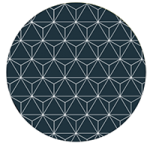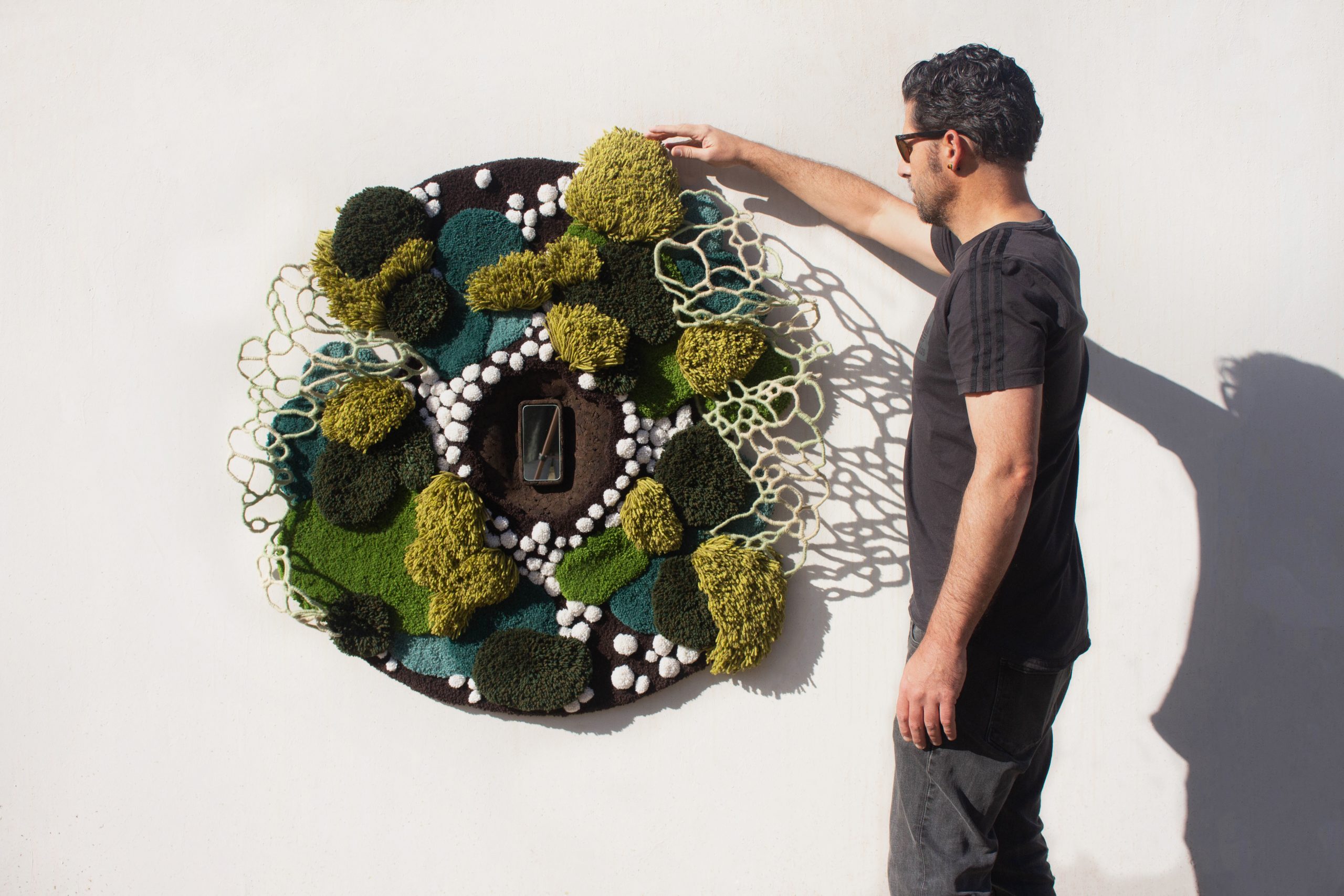Welcome to the Social Art Award 2025 – Online Gallery!
🌊 Dear friends of art and transformation, 🌊
A heartfelt thank you to all artists and creatives who submitted their powerful works for this year’s Social Art Award under the theme: “Planetary Healing – Blue Tribes for Ocean Health.” Your inspiring visions speak to ocean restoration, biodiversity, and reimagining our coexistence with all life forms on Earth.
After receiving 922 submissions from across all continents, and concluding a very active public voting phase, the Social Art Award now enters its next chapter:
🔹 What’s next?
The professional jury panel is currently reviewing and selecting the TOP 100 entries that will be featured in the official Social Art Award 2025 book. In parallel, the two public voting winners will move forward as wildcards into the final jury round.
🔹 Coming up:
-
Shortlisted artists (TOP 10) will be announced by mid-June.
-
Winners of the Social Art Award 2025 will be revealed at our Online Award Ceremony on July 2, 2025.
We invite you to stay connected as we celebrate the power of Social Art to drive dialogue, awareness, and collective transformation.
Let’s continue to amplify art as a force for Planetary Healing.
Micelium - Wood Wide Web
Tiago Amaral
Micelium - Wood Wide Web is a circular textile work, inspired by the interconnection of natural ecosystems. Created in wool, it represents a forest where trees and roots coexist, connected by a three-dimensional textile sculpture that symbolizes the micellar network – the underground system of fungi that facilitates communication and exchange of nutrients between trees. In the center of the piece, a black cork frame contains a mirror in the shape of a cell phone, referring to the parallelism between the micellar network and digital human communication systems. Just as mycelium connects trees to ensure balance and resilience, the internet connects people, but with ambivalent impacts: does it bring us closer or isolate us? The micellar network, often called the "forest internet", inspires reflection on how we relate to the world and to others. While nature fosters networks of support and sharing, technology, paradoxically, both unites and alienates. Black cork, sustainable and organic, reinforces this contrast between the digital and the natural. The mirror in the piece invites introspection: are we replicating the intelligence of the forest or moving away from our essence? Micelium - Wood Wide Web proposes a dialogue on the balance between technology and nature, suggesting that the true healing of the planet involves a reconnection with natural rhythms. The work encourages learning from living systems, promoting support and regeneration networks for a more sustainable future.
Micelium - Wood Wide Web is a circular textile work, inspired by the interconnection of natural ecosystems. Created in wool, it represents a forest where trees and roots coexist, connected by a three-dimensional textile sculpture that symbolizes the micellar network – the underground system of fungi that facilitates communication and exchange of nutrients between trees. In the center of the piece, a black cork frame contains a mirror in the shape of a cell phone, referring to the parallelism between the micellar network and digital human communication systems. Just as mycelium connects trees to ensure balance and resilience, the internet connects people, but with ambivalent impacts: does it bring us closer or isolate us? The micellar network, often called the "forest internet", inspires reflection on how we relate to the world and to others. While nature fosters networks of support and sharing, technology, paradoxically, both unites and alienates. Black cork, sustainable and organic, reinforces this contrast between the digital and the natural. The mirror in the piece invites introspection: are we replicating the intelligence of the forest or moving away from our essence? Micelium - Wood Wide Web proposes a dialogue on the balance between technology and nature, suggesting that the true healing of the planet involves a reconnection with natural rhythms. The work encourages learning from living systems, promoting support and regeneration networks for a more sustainable future.



